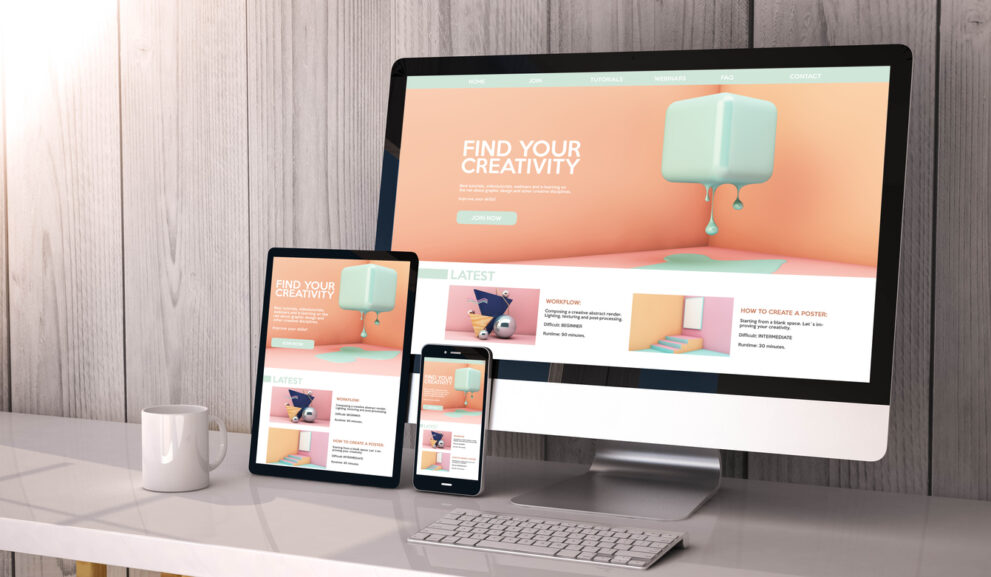
Sometimes all we need is breathing room.
In fact, when it comes to website design, it’s a good thing to give your content, as well as your visitors a little room to breathe.
Whitespace, or negative space as it’s often known, is the section of the page you’ve chosen to leave blank or empty. This refers to the space between your images, text, graphics, video or other elements of your page. Whitespace is left intentionally untouched, giving visitors the opportunity to better process information, offering better usability.
There are website owners out there who think it’s necessary to cram as much information into a web page as possible. While it does appear to make sense initially, adding too much content to a page can lead to a website that no longer functions as well as anticipated.
Why Does Whitespace Matter?
Whitespace is an integral part of design, when used well it can not only transform the way a website looks, but also the way it functions. While visual improvements are significant, whitespace impacts the effectiveness of the page, allowing website visitors a much more enjoyable experience when reading website content, as well as navigating through a page.
From aesthetic purposes to functionality, there are a number of benefits to incorporating whitespace into a design:
Increased Legibility
Website visitors want to know what they’re getting from a website, they want to know what a company has to offer and they need to be given a reason to a) keep reading and b) stay on a website. Without whitespace a website can look too cluttered, content can become difficult to read and understand and users are inclined to leave a website and head elsewhere, to a website that provides legible information.
Draw Focus
Large, empty spaces page elements such as images and text can help guide website visitors through the page, helping prioritise focus and draw attention to specific content. Not only can this be useful for those looking to draw attention to products or text content, it’s an effective way of highlighting CTAs without simply making them larger.
Increase Interaction
According to research, the average attention span of a website user is around 6 seconds, which is why it’s so important that a website can captivate an audience within a matter of seconds. Whitespace allows designers to get the message across quicker, increasing the likelihood of users staying on a page and interacting with the text, images and CTAs.
Create Balance
Using too little whitespace can lead to a cluttered webpage, which causes confusion and unreliability, something no business owner wants associating with their brand. On the other hand, using too much whitespace can cause users to believe there is not enough content, therefore not enough information to share. The key to whitespace is to show balance and separate content.
There’s no doubting that whitespace is a powerful design tool that can make a website much more effective and shouldn’t be viewed as just ‘blank space.’ Whitespace needs to be treated as an element of design and is needed for the page to exist.
Often being a friction point between designers and clients, it’s time to embrace whitespace within design, embrace it, allow whitespace to change the impact your website has on audiences and make a real statement.






